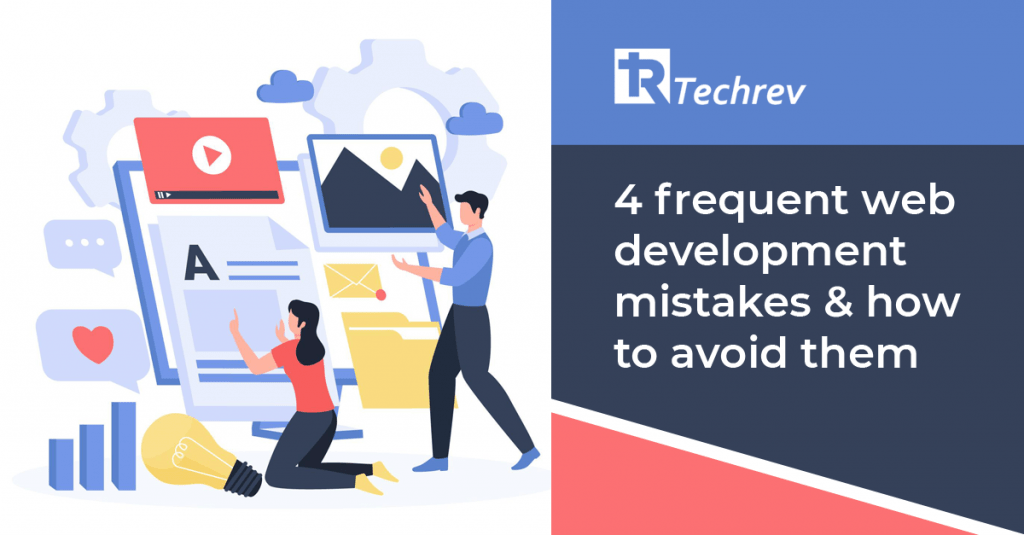
The World Wide Web, when it originated, was a very novel but static place. Years of technical developments have led to websites hosting dynamic pages & content in order to appease more users and increase engagement. Basic activities like banking, grocery shopping and taxpaying have also transferred to interactive online websites.
But because these websites are made by humans, there’s always the question – are there mistakes? Of course, there are. These mistakes can impact the functionality of a website that can cause users to backtrack and opt for another one. This not only reduces your profit but also your ranking on the search engine results page.
Can these mistakes be avoided? Definitely. Our experts talk here about common mistakes in web development and how developers and businesses can avoid them.
1. Outdated HTML:
Old habits die hard. Coders who have been coding since the beginning of HTML tend to use the old code that increases the length. It can also cause layout issues in newer browsers, making it a big problem for modern users. One can easily avoid this by keeping up-to-date with the latest developments in coding technologies. It’s best to focus on HTML for the content and new CSS3 stylesheets, as that will lead to cleaner codes. At web development services like TechRev, developers usually keep up with the latest technologies in coding and current industry standards for HTML coding.
Also read: Hybrid Apps-Know The Key Reasons Behind Its Popularity
2. Non-responsive design:
The days when people use their computers to browse the internet are almost coming to an end, thanks to mobile phones. Non-responsive design is not practical for small screens like that, since everything is minimized in size. This leads to bad user experiences. Developers at top web development services normally start developing and writing media queries for certain devices and resolutions so the website is displayed properly on all devices. Also advised is testing your website on real devices apart from emulators to get the real feel of how users are experiencing the website.
3. Cross-browser Incompatibility:
Once upon a time, Internet Explorer was the only browser that everyone used. Now you have several – Edge, Chrome, Safari and hundreds of other device-specific or user-specific browsers. This means that your website has to be compatible with all of them. To avoid any cross-browser issues, experts at the best web development services suggest using analytic tools and target browsers where your website is meant to run smoothly. The next step is testing your website on these browsers to make sure there is no issue. Cloud testing platforms also help to quickly and seamlessly test a website across multiple browsers so that you can find problems and fix them with gender-specific codes.
Also read: Progressive Web Apps: The Next Big Thing
4. Reliance on website-builder tools:
There are a lot of website-building tools on the market with easy-to-use drag and drop functionality. While the front-end looks appealing, the real problem is in the backend. Because every design element adds a significant number of lines to the code, the website becomes slower causing performance issues and reduced functionality. No time for coding? You can easily buy cross-platform compatible themes from reputable online locations. You only need to add content before the launch. Coding experts from the best web development services would urge you to get a fully functional coded website built since it adds a unique identity to your website and runs smoothly without problems.
There are a lot of things that could go wrong in a website, asides from code, including bad design, poor content, security issues, wrong SEO keywords, etc. This may lead to your website not ranking or retaining users. It’s always advisable to hire a great web development service like TechRev to do the work for you with precision and minimal errors.
